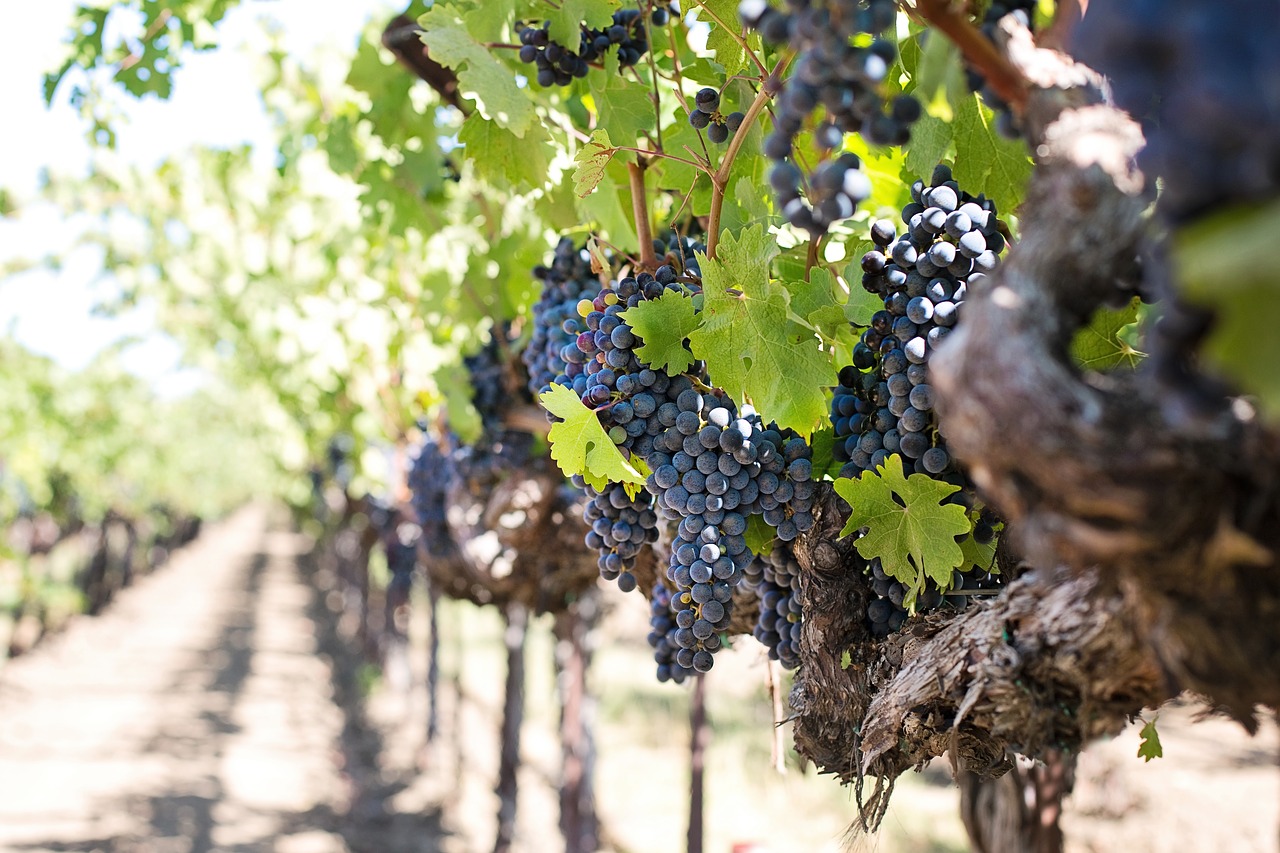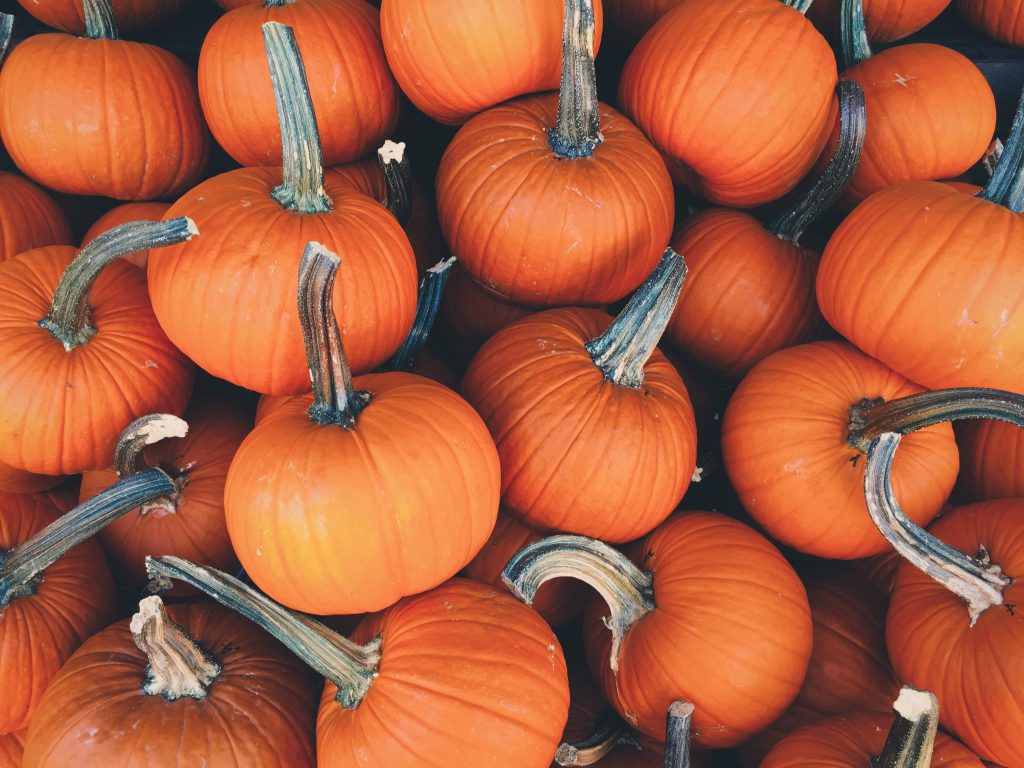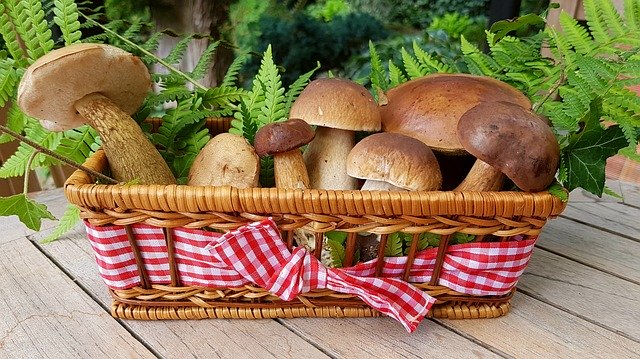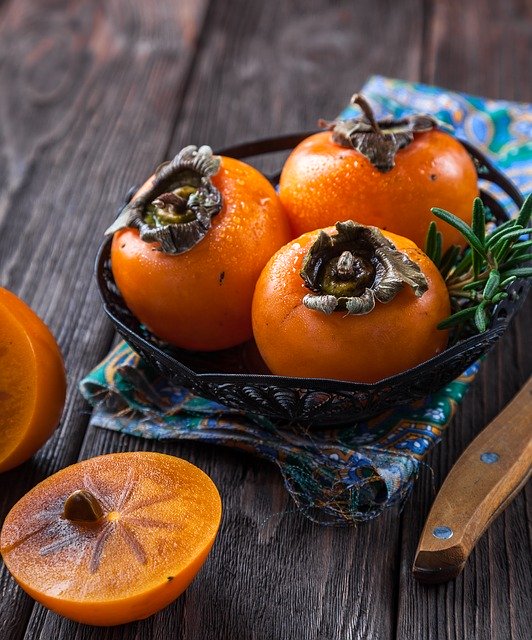10 Inexpensive Autumn Superfoods

Eating nutrient-dense foods doesn’t have to be expensive, the secret is to buy in-season…
Focusing on vegetables and fruit in season is not only a smart money-saving strategy, but it is also the best way to enjoy them when they are at their peak in flavour and more complete from a nutritional point of view.
Autumn is here! Days are getting shorter, the temperature is going down…Let’s see what this season is gifting us with..
Grapes
The arrival of Autumn is associated in my mind with “vendemmia” – the grape harvest –, an Italian ancestral ritual that takes place mid to late September and will serve to make that year’s wine. Entire villages get together to celebrate this time in the year, with many events and “sagras”… a really good moment for tourists to taste authentic Italian life and flavours! Grapes are one of the first fruits cultivated by mankind; today we have many varieties of them, all packed with a range of antioxidants – from carotenoids to polyphenols – particularly high in the seeds and the skin. Some of the antioxidants in grapes remain present even after fermentation, which is why red wine is also high in these compounds (8Trusted Source). The phytonutrients content in grapes can differ from variety to variety, quality of soil and growing conditions, but we can’t go wrong: catechins, epicatechins, quercetin, resveratrol, beta-carotene, lutein and zeaxanthin are all present in high amounts in many varieties of grapes. They are also a good source of vitamin C and K, vitamin B2, fibre, potassium and copper. Best to enjoy fresh! Cooking temperatures damage the phytonutrients content of this amazing fruit. Bear in mind that raisins are not the same thing… Dehydration not only reduces the grapes’ water content but also increases the concentration of sugar. An ounce of raisins contains four times the amount of sugar (and calories) of an ounce of grapes.
Pumpkin

Another beautiful reminder of Autumn! Halloween aside, this is the season of warming and nutritious foods, of soups and baking; anything more perfect than pumpkins and all the cousins in the squash family?
A versatile vegetable that tastes delicious in many recipes, either roasted, baked or boiled, pumpkin is a highly nutrient-dense food, one of the best sources of beta-carotene, a powerful antioxidant that gives it its gorgeous orange colour. It is rich in vitamins and minerals (vitamin C, E and potassium) and also a fantastic source of fibre, so important for a smooth digestion
The seeds are a good source of essential fatty acids and minerals like zinc, magnesium, potassium, manganese copper and iron.
Also a nice source of tryptophan, the precursor of serotonin, our feel good neurotransmitter.
Apples
Conventional wisdom says that an apple a day keeps the doctor away, and for good reasons! Apples are rich in fibre, essential vitamins and minerals, and flavonoids (particularly quercetin), which improve artery function and lower blood pressure, thereby decreasing the risk of heart disease and strokes https://www.ncbi.nlm.nih.gov/pubmed/29086478 The highest concentration of flavonoids is in the peel though, so make sure you buy organic and wash them well!
Mushrooms

I have many childhood memories of long walks in the woods in Autumn, foraging for mushrooms; I can still smell the richness of the soil and feel the awe in discovering yet another porcini just under the next tree. And in the evening we would have the most amazing risotto!
So rich in flavour, mushrooms are also a nutritional powerhouse packed with antioxidants and other important compounds.
Many species have been studied and are used for their anti-cancer properties; studies show they enhance immune function and are anti-inflammatory.
A very healthy source of vitamin D, mushrooms are also high in protein, fibre, vitamins and minerals.
White button, closed cup, Portobello, shiitake, maitake, oyster, reishi and more…. Enjoy them all as much as you can!
Broccoli
Broccoli belong to the Brassica family and are a well-known powerhouse of nutrients. The florets are high in aminoacids, the stems contain detoxifying enzymes, the leaves are high in carotenoids, clorophill, vitamin A and K and antioxidants. Broccoli are also high in phytochemicals such as indole 3 carbinol and sulforaphane, that have been shown to provide a wide array of protective mechanisms in cells, known also to stimulate detoxification in the gut and liver and to have protective effect against cancer. Sulforaphane is an end product of a chemical reaction that occurs when we chop, chew, or otherwise damage the plant; unfortunately, this reaction is heat sensitive, so cooking inactivates it.
Chicory
Endive, frisée, radicchio, escarole… there are many varieties of chicory, leafy greens with a bitter flavour that provide welcome salad leaves from autumn right through the winter.
And there are more colours! There is also white chicory and radicchio rosso, with its beautiful white-veined red leaves that become more intense in colour once the weather gets colder.
These tasty Autumnal leaves are amazingly rich in vitamin K and also high in vitamins A and C and fibre.
Celery
Another inexpensive nutritional powerhouse, the humble celery has finally reached its fame, also becoming an instagram hit recently, and for good reasons!
It is indeed packed with nutrients that provide valuable health benefits, like many vitamins and minerals, such as folate, vitamin C, vitamin K, vitamin A, potassium, magnesium, and calcium. It’s also high in fibre, a good help for digestion.
Did you know? Celery seed have been used since Roman times as a powerful anti-inflammatory.
Just make sure to buy organic, since conventionally grown celery is high in chemicals and pesticides.
Persimmon

This delicious and beautiful fruit, also known as Kaki, is in season from October to December here in Europe, and should be eaten during this time to fully appreciate the sweetness and richness of its nutrients. High in beta carotene and minerals such as potassium, magnesium, calcium and iron, persimmons are also high in vitamin C and offer plenty of fibre to support good digestion.This fruit was recently one of my natural weapons to fight off a bad flu!
Beetroot

One of Nature’s best cardiovascular tonics (it lowers blood pressure in a matter of hours, due to the nitric oxide content), beetroot is considered a blood purifyer and a liver cleanser, and it comes with a high phytonutrients content.
A good source of fibre, beets also contain high levels of folate, vitamin C, betacarotene, potassium, manganese and betaine, from which probably they took their name.
Beet greens are also a powerhouse of nutrients, with phosphorus, zinc, vitamin B6, fibre, magnesium, copper, potassium, manganese, calcium and iron.
Drink a glass of beet juice before your next workout, it has been shown to boost energy and endurance and to extend exercise time!
Sweet potatoes
One of nature’s best sources of beta-carotene, sweet potatoes’ peak season is from late October through December.
Rich in vitamins (Vitamins C and Bs), minerals (manganese, copper, potassium and phosphorus) and fibre, sweet potatoes are also a good source of antioxidants.
Choose steaming or boiling as your preferred cooking method to better preserve all the nutrients
